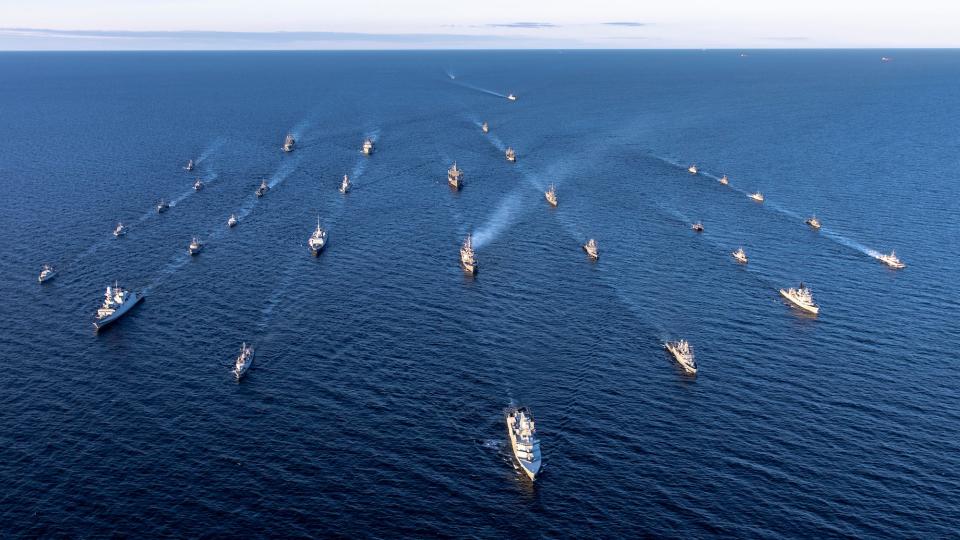Russian submarines fought a torpedo duel in waters surrounded by NATO allies
Two Russian submarines engaged in a torpedo duel during a Baltic Sea training exercise last week.
The crews of the Novorossiysk and Dmitrov also trained to track enemies and evade enemy attacks.
The Baltic Sea has been described as a "NATO lake" since Sweden and Finland joined the alliance.
Two Russian submarines recently fought a torpedo duel, conducting training that involved detecting enemies, evading attacks, and working combat maneuvers.
The exercises took place in the Baltic Sea, waters sometimes referred to as a "NATO lake" due to its waters being surrounded by NATO allies since Sweden and Finland ascended into the alliance.
The Kilo-class, diesel-electric submarines Novorossiysk and Dmitrov held a training duel involving torpedo fire, according to Russian state-run media TASS. The media outlet reported the training exercise on June 25, citing the Russian navy.
In the Baltic Sea following the completion of anti-submarine warfare maneuvers, the submarine Novorossiysk engaged the Dmitrov with a training torpedo without a warhead, the navy said, per TASS.
The submarine crews also conducted several other exercises focused on detecting and tracking adversary submarines, evasion, and combat training.
The subs Novorossiysk and Dmitrov are representative of two of several variants of Russian Kilo-class submarines. The Novorossiysk, for instance, is a project 636.3 sub and can launch Kalibr cruise missiles. 636.3s are the most current Kilo-class subs being built. The Dmitrov, on the other hand, is a project 877 sub, one of the original variants built.
Both subs are known for being relatively quiet, but the Novorossiysk and other project 636.3 subs are considered to be highly advanced and stealthy vessels. After wrapping up the torpedo training, the two Russian submarines went on to conduct other combat exercises in the Baltic Sea, Russian media said.

The Baltic Sea area has seen geopolitical shifts since Russia invaded Ukraine two years ago and neighboring Finland and Sweden joined NATO.
It has sometimes been referred to as a "NATO lake" considering that eight of the nine countries bordering it are now members of the alliance. Russia is the only exception. That's a stark difference from 1990, when only two Baltic Sea countries, Denmark and Germany, were NATO members.
The "NATO lake" term has been debated and criticized as presumptuous, with some experts calling it a "fatal" mistake as the Baltic Sea can be traversed by any seafaring nation and remains an important strategic front for Russia.
The Baltic Sea has become increasingly important for NATO's military presence, but Russia also sees the body of water as vital to its commercial shipping, oil exports, and trade from ports like St. Petersburg and Primorsk.
The region is also home to increasing Russian anti-access/area denial capabilities, particularly in the Kaliningrad area. These capabilities include cruise missiles, surface-to-air missiles, and nuclear weapons, making the sea strategically important for both Moscow and NATO.
Read the original article on Business Insider

